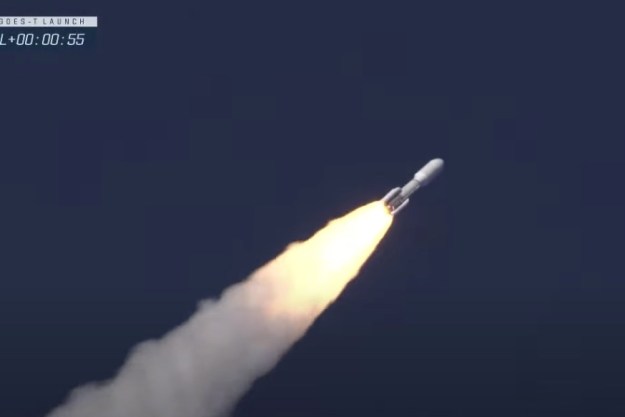
The screening process for the highly anticipated procedure began late last year, the Cleveland Clinic says, with a group of transplant specialists, obstetricians and gynecologists, bioethicists, psychiatrists, nurses, and social workers examining the applications of numerous candidates who suffer from Uterine Factor Infertility (UFI), described as “an irreversible condition affecting 3 percent to 5 percent of women worldwide.”
The transplant theoretically allows women who do not have a “competent” uterus, or one capable of carrying a fetus to term, to become pregnant and give birth, though it would have to be via in vitro fertilization. Prior to the procedure, the patient’s eggs were surgically removed, fertilized with her husband’s sperm, and subsequently frozen. In a year’s time, she will be able to have the embryos transferred back to her new uterus with the hopes of bearing a child.
Related:
“Women who are coping with UFI have few existing options,” Tommaso Falcone, chairman of the Department of Obstetrics-Gynecology at Cleveland Clinic, said last year, when the clinical trial was initially announced. “Although adoption and surrogacy provide opportunities for parenthood, both pose logistical challenges and may not be acceptable due to personal, cultural, or legal reasons.”
Interestingly enough, this transplant is not meant to be a permanent one — in fact, once the patient has had children, the uterus will be removed, as otherwise, she would be forced to take anti-rejection drugs for the remainder of her life.
“Unlike any other transplants, they are ‘ephemeral,’” noted Cleveland Clinic lead investigator Dr. Andreas Tzakis last year. “They are not intended to last for the duration of the recipient’s life, but will be maintained for only as long as is necessary to produce one or two children.”
Still, the mere availability of the procedure (and its successful first implementation) opens unprecedented doors for women across the country. Swedish surgeons have previously been able to complete the transplant, and that patient went on to have a baby.
The Ethics Board at the Cleveland Clinic has given clearance for a total of 10 such procedures thus far.
Editors' Recommendations
- White House unveils 31 U.S. tech hubs to boost industry
- U.S. airports safer after software upgrades aimed at preventing taxiway landings
- Alaska Airlines to offer digital baggage tags in U.S. first
- U.S. astronaut returns home after record-breaking mission
- U.S. astronaut shares highs and lows of record space trip


